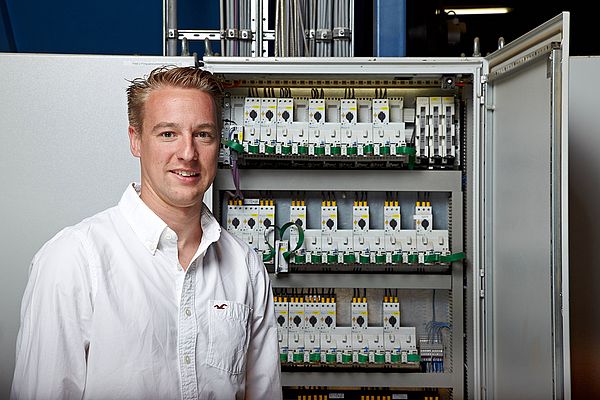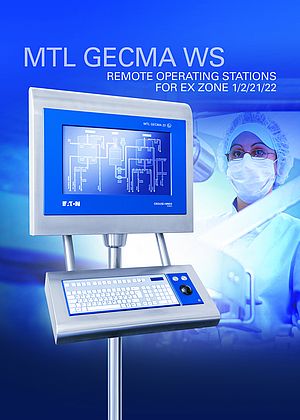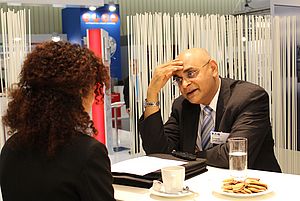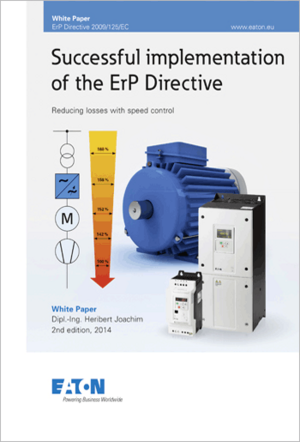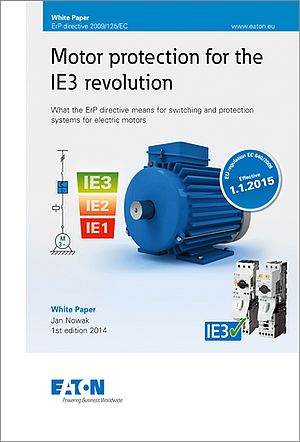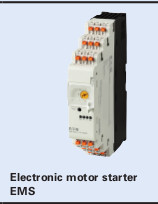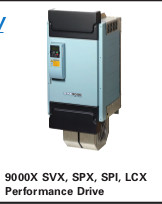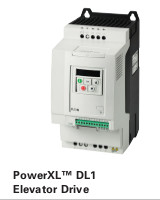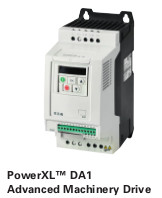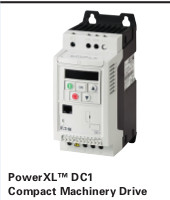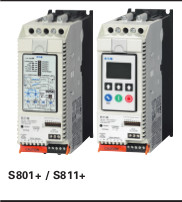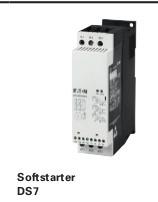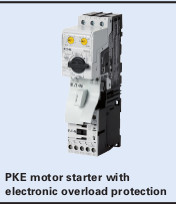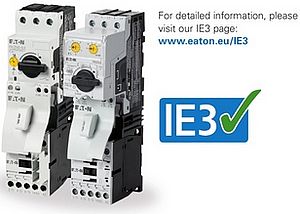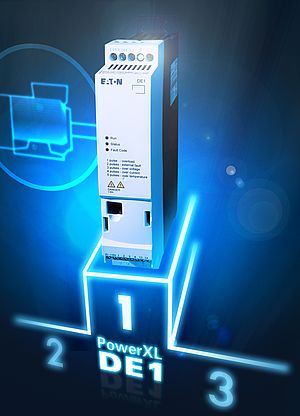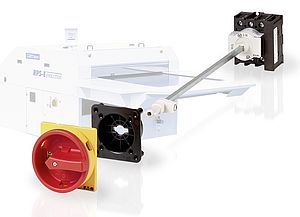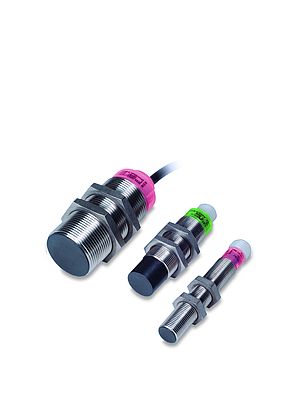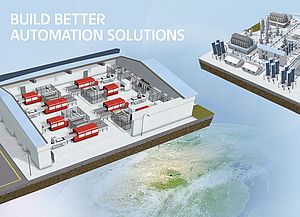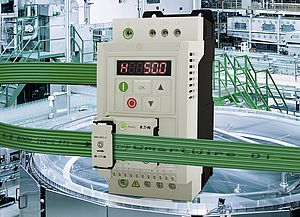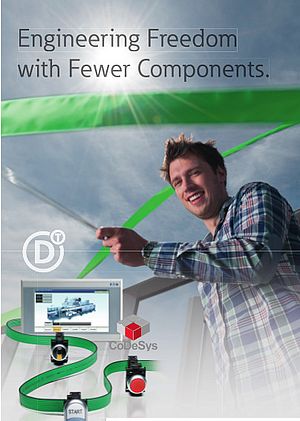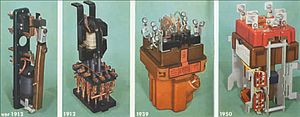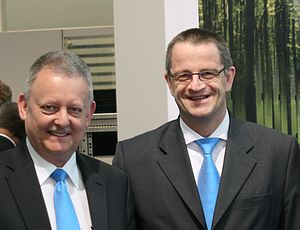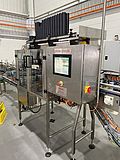The company Schaltanlagenbau Gormanns GmbH was responsible for the electrical power supply and drive and automation concept in a fully automated potato sorting plant that was part of an extensive new building project. The young innovative company based in Mönchengladbach used Eaton's SmartWire-DT technology and was able to achieve some astonishing results.
The field crop business is a seasonal one. During the high season, exceptionally large quantities have to be processed in a short time. The new sorting plant was therefore designed to process 120 tons of potatoes per hour. This process starts with the farmer delivering his potatoes at the collection point. The harvested crop is poured through a hopper and lands on conveyor belts that lead to the "stone and clod" separator where unwanted material is removed. In the subsequent presorting stage, potatoes that are too large or too small are removed and passed on to the feed bunker. After soil is removed from the remaining potatoes, they reach the sorting machine that uses vibrating screeners to separate them into seven categories according to size. They are then manually examined in order to remove any bad or green ones. In the next step, they are washed, dried and polished before being transported to various bunkers that each hold 40 tons. Depending on the means of transport required, they are then weighed and bagged in nets, or loaded directly onto the truck as loose items.
High complexity and freedom for innovation
The company Schaltanlagen Gormanns GmbH was originally based in the refrigeration and waste water technology sector. In recent years, however, it has made a name for itself in the agricultural sector with both new building projects and conversions. "When the agricultural company approached us to ask for support with this new project, we were attracted by both the capacity of the plant, as well as the complex challenges with regard to the required level of automation," Sebastian Gormanns, founder and CEO of the company, recalls. "We were given the task of getting the plant running correctly and on time, as well as ensuring simple operation for everyone. Apart from that we were given a free hand." This was exactly to the liking of the innovative 30-year-old entrepreneur. Shortly beforehand he had worked on a similar although somewhat smaller sorting plant, and had been responsible for everything from planning to commission. The size of the previous plant involved around 190 drives. The current project involved 250 drives that were required for conveyor belts, pumps, fans and machines. Based on his experience, he estimated that at least 32 kilometers of cable would have to be laid for the entire plant, with at least an additional 1 kilometer of cable for the conventional cross wiring within the switchboards.
SmartWire-DT: Connecting instead of wiring
Faced with this situation, Sebastian Gormanns became aware of Eaton's revolutionary SmartWire-DT connection and communication system. Based on the principle of Charles Robert Darwin that "nothing in the history of life is more constant than change", Eaton has developed SmartWire-DT into a solution that enables a technological quantum leap with regard to the wiring in the switchboard and in the periphery. Instead of the individual wiring connection of switchgear, sensors and actuators to the central controller, SmartWire-DT enables these components to be connected directly with the single "green" cable. It provides the individual slaves with power and at the same time implements the data communication. All stations on the system can thus communicate. A Profinet, Profibus-DP or CANopen gateway can be used to connect the system with the higher-level controller to enable data exchange via various fieldbus connections and controllers. "Eaton provided us with a demonstration case so that we were able to thoroughly test the system over a week," Sebastian Gormanns explains. "We not only tested out the technology but also its openness for the PLC systems and components of other manufacturers. However, after completing an in-depth analysis I was both convinced and delighted. I knew that the potato sorting plant would be an ideal project to fully utilize the benefits of SmartWire-DT."
Switching and protecting 250 drives via motor starter combinations
The switchboard consists of a central unit with nine sections as well as a substation with four sections. Profibus is used as the fieldbus system via which the PLC, variable frequency drive and touch panels communicate with each other. Motor starter combinations networked with SmartWire-DT handle the switching and protection of all 250 drives. These are connected by section to the PLC with one gateway per section, and consist of motorprotective circuit-breakers, contactors, and electrical connectors from Eaton's standard product range. Gormanns chose PKZ motorprotective circuit-breakers that are matched to the DIL contactor series. These switch drives in the sorting plant with operating currents of between 3 and 10 A. The drive concept of the plant also consists of laser sensor controlled conveyor belts that are suspended from the roof from where they efficiently fill the bunkers. In this system each belt learns which belt comes next and automatically switches itself on and off. Some of the motors in the plant are reversing drives whilst others are pole-changing drives. These can also be integrated easily in SmartWire-DT. However, Eaton's communication system is not only used in the switchboard but also in the periphery. Gormanns also connected over 50 command points at the machines via SmartWire-DT. The plant owner requires only one operator for the entire plant, who switches it on, and selects between some programs, such as for setting the potato size, defining routes or selecting or deselecting the washing operation. The rest of the plant that was successfully put into operation in May 2012 is fully automated.
Conclusion
"I have to admit that I was initially skeptical about whether SmartWire-DT could actually do what it promised," Sebastian Gormanns summed up. "But I can now say with some conviction that the installation was completed without any problems and that I have seldom seen anything so simple." The savings that could be made in cabling are enormous: "For us, the wiring requirement has been reduced to an eighth of what it normally would be. Thanks to SmartWire-DT the cross wiring has been reduced from 1 kilometer to 50 meters, and the cabling required for the control circuit devices on the machines has been reduced by approx. 40%. Troubleshooting has also been considerably reduced since faults can be found quickly due to the high level of data transparency of the connected stations. Instead of the two weeks required for commissioning our previous sorting plant project, we only needed 1.5 days with this project. We were thus able to successfully implement this complex project in only four months. I am looking forward to the next opportunity for us to work with SmartWire-DT."



